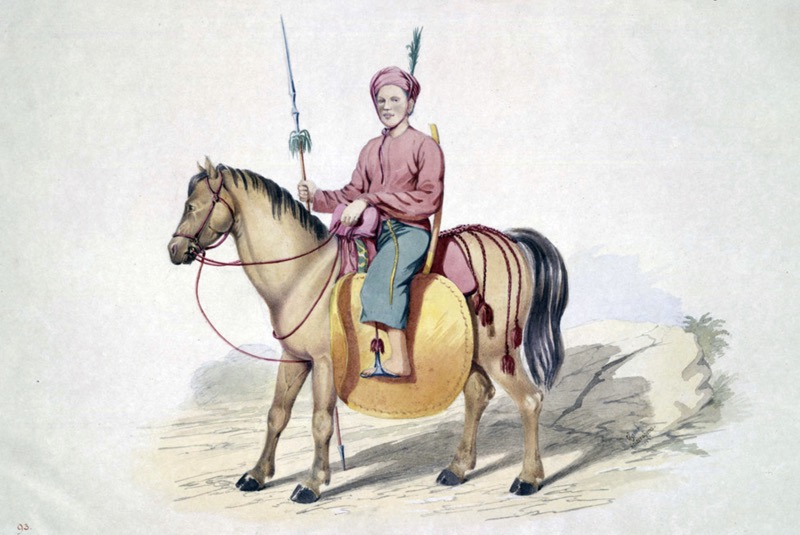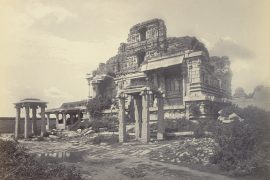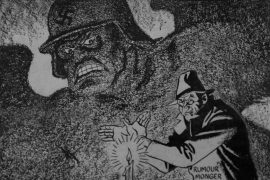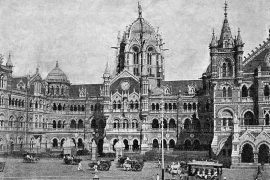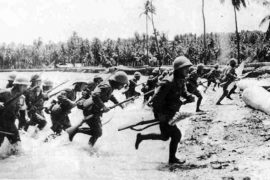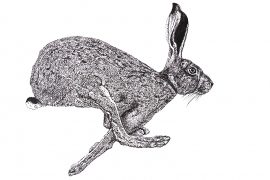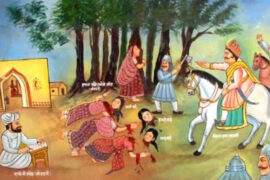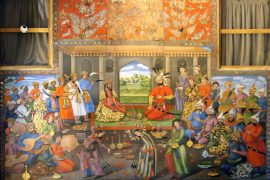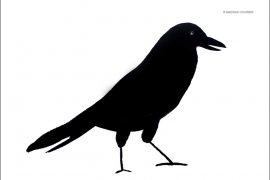The ‘king of sports,’ the ‘sport of kings,’ or the ‘gentleman’s sport,’ regardless of what one likes to call it, Polo is synonymous with aristocracy. It is a game best appreciated by sports enthusiasts who eschew grace, speed, and sportsmanship.
One of the most important sports in the world – particularly loved in Iran and Argentina – the modern game of polo, as we know it, was actually born in India. And Manipur, the state nestled in the green valley in the Himalayas, is where it all began. The Guinness Book of Records acknowledges Manipur as the place of birth of Polo in its 1991 publication.
Precursors of polo are believed to have been brought to India by Mongolian invaders. The game became popular during the reign of Babur; it was played in the royal court amongst noblemen, who travelled across the country and patronised it throughout the kingdom. The game declined with the downfall of the Mughal dynasty in the eighteenth-century but remained popular in Manipur.
In Manipur, the game is also known as ‘sagol kangjei.’ As per Kangjeiroi, an ancient treatise on polo, the game was introduced to ancient Manipuris during the reign of King Kangba (1405-1359 B.C.). The document clearly portrays how the game was a popular sport amongst the king.
As per a legend, King Charairongba of the late seventeenth century participated in the game. He had a small team of 10 players against another team of 100 players. The king brought home a gracious victory with his small team.
Sangol Kangjei is one of three forms of hockey in Manipur. Field hockey is called Khong Kangjei and wrestling hockey is called Mukna Kangjei. The first recorded Polo match was played in 33 A.D. between the friends of King Nongda Lairen Pakhangba.
The game was played with ponies, no taller than four or five feet. These ponies, despite their size, carried saddles worth 14 kgs in addition to the man. They were covered with leather and trappings. The Manipuri player carried a whip made of rawhide tied to their left wrist to smack the horse and control its speed.
In Manipur, even a commoner could play Polo as long as he owned a pony. The game was played with very few rules, and it was fast and aggressive. The game utilised a narrow street as a field and was considered a test of courage and horsemanship. Players used leather shields attached to the saddles and girth to protect themselves from injuries; however, deaths during the game were a common occurrence.
The British who took Polo to the west. Lord Curzon visited Manipur and wrote about the discovery of the game in his book, “A Viceroy’s Note Book.” The dates of discovery are unclear but some pioneers introduced the game which ended up becoming the favourite amongst Britishers in India.
Major General Scherer wrote about Polo in a British sporting magazine, describing the game as played in Manipur. This major had challenged the Manipurees in their game and was handed a humiliating defeat. He wrote:
Manipurees, with their long, streaming hair, their bodies naked to the waist, their quaint saddlery, and excited demeanour, give one fair idea of the noble savage thoroughly enjoying himself.
Writing about his humiliating defeat by the ‘savages,’ Scherer further wrote:
The Manipurees, again, were no respecters of persons… It was quite permissible, and recognized as lawful, to ride at and through anything or anybody that came between the player and the spot where the ball lay. I was once caught in this position and dilemma, and was simply sent spinning, pony and all, and got considerably shaken and bruised.
Sometime in the mid to late nineteenth-century, the game travelled from Manipur to Assam. English planters learned the game from exiles and settlers from Manipur and a European Polo club was established at Silchar, Assam, in 1859. The club travelled down to Calcutta where it became increasingly popular and the Englishmen took the sport around the country to all the British regiments.
While in Manipur, the game is played with seven players on each side, the British codified the rules and fixed the sport to be an eight-player game, four on each side. The game became a popular sport among Englishwomen just as much as it did amongst men.
With its rising popularity, it is no surprise that the game travelled to England. When the cavalry regiment returned from India, they brought polo with them. In a town of England named Aldershot, where the tenth Hussar regiment was stationed in 1869, accounts of the game, as played by Manipuris, were discovered. As soon as the discovery was made, the men gave it a shot.
No sooner said than done. Their charges were saddled, crooked sticks and a billiard ball got hold of, and they set to work- needless to say with no great results…. At this early period of the game it was called “hockey on horseback.”
Soon, regiments of Hussars and Lancers were challenging each other on British soil, and the great game began. However, the game only gained popularity in 1873 when the prestigious Hurlingham Club sponsored it alongside pigeon shooting. The game was then separated from its regimental origins and was played for the first time by civilians.
The polo played in the nineteenth-century was different from the Polo that was played in Manipur. It was a much slower and methodical version, with little passing of the ball between players. Neither horses nor men were trained to play a fast-paced, non-stop game. Few equestrian skills were required to play this game.
The game became a game of aristocracy and royalty, played amongst the elite classes of Europe. Britain’s army further took the game to different parts of the world – Australia, New Zealand, South Africa among others. The ranchers took it to South Africa, where its popularity led Argentina to adopt Pato, a variant of Polo, as their national game.
Today, Polo is popular all around the world with leading teams from India, Argentina, UK, and the United States competing against each other for the highest position. The oldest Polo ground known in the world is the one in the state of Manipur, the Imphal Polo Ground. The royal chronicle Cheitharol Kumbaba recounts the history of this polo ground from AD 33.
The game is still extremely popular in Manipur. During the post-independence period, the State Government provided modest patronage, primarily for the upkeep and maintenance of the ground. In addition to various polo grounds, it is clear that the state of Manipur has long enjoyed the widespread popularity of the game. The valley in and around Manipur has a vast number of polo grounds. In every village, there is a polo pitch, some of which were built under the patronage of the royal family.
-30-
Copyright©Madras Courier, All Rights Reserved. You may share using our article tools. Please don't cut articles from madrascourier.com and redistribute by email, post to the web, mobile phone or social media.Please send in your feed back and comments to editor@madrascourier.com

